Introduction: The Dawn of a New Era
In the beginning, God created man in his own image; in the image of God, he created him; male and female he created them. – Genesis 1:27. This ancient text explores the fundamental questions of creation, identity, and existence. Fast forward to today, and this creation narrative feels like a prelude to a new chapter in human evolution, where we, with the help of cutting-edge technology, are now pondering, What if we could design our own offspring? As we cruise into the twenty-first century—a time that feels like it belongs in a science fiction movie—we're faced with jaw-dropping possibilities. AI-powered genetic editing, like CRISPR, threatens to rewrite the story of our humanity and turn designer babies from dreams into reality. But with every superhero story comes a villain; in this case, the ethical dilemmas and social implications that bubble just beneath the surface. Will we, as a society, emerge victorious with the ideal children we imagine, or will we create a messy, unpredictable tapestry of humanity? The fate of future generations hangs in the balance, echoing the age-old questions about free will, morality, and the essence of being human.
Now, you might wonder: Are we playing God or simply becoming our stewards? Is the quest for a 'perfect' child a noble ambition or a slippery slope into a genetic battleground where only the rich can afford perfection? Let's embark on this journey as we dissect the double-edged sword that is AI and genetic editing—where innovation meets morality, and dreams meet dreaded reality. Buckle up; it’s going to be a thrilling ride!
To ground our exploration, influential voices such as Jonathan Haidt, known for his work on the psychology of morality, and Gregory Haneline, a prominent researcher focusing on gene editing, have thrown light on the potential and pitfalls of this technology. Additionally, author Ashley Vance has touched upon the ethical landscapes of human enhancement and the need for thoughtful consideration as we approach these groundbreaking innovations.
1. The Science Behind Designer Babies
The intersection of AI and genetic engineering has revolutionized the way we approach hereditary diseases and desirable traits. Within this sphere, CRISPR technology stands as the most notable method for editing genes.
1.1 Understanding CRISPR Technology
CRISPR (Clustered Regularly Interspaced Short Palindromic Repeats) is a groundbreaking technology that allows precise editing of DNA. Imagine a pair of scissors that snips away or modifies the very blueprint of our biological selves—it really is that powerful! With the help of AI algorithms, scientists can predict the outcomes of genetic modifications, ensuring a higher success rate in achieving desired traits. It’s like having a super-reliable GPS system for navigating the often treacherous terrain of genetics.
1.2 AI's Role in Genetic Prediction
AI systems analyze vast datasets to identify genetic patterns. It’s like sifting through an ocean of data to find hidden treasures! By training on genomic data, AI can predict the likelihood of inheriting certain traits or diseases, guiding parents in their selection process. With the world’s best, and sometimes most puzzling, data at their fingertips, parents may soon face the heart-racing choice of selecting traits for their children based on smart predictions from machines. The implications are both jaw-dropping and knee-buckling—welcome to the new age of parenting!
2. Ethical Considerations and Implications
The ability to design babies through AI and genetic editing raises significant ethical concerns. Questions swirl around who gets to decide the traits that matter and what it means for our sense of humanity. It’s not unlike giving a child a box of crayons and telling them they can only color outside the lines!
2.1 The Morality of Genetic Choice
Choosing traits such as intelligence, appearance, and behavior opens up a Pandora's box of moral dilemmas. Are parents playing God in a way that could alter the essence of human nature? Are we reducing our children to a list of traits they should possess, making it challenging for them to embrace who they truly are? Imagine an offspring whose "ideal" eyes are always blue but might long to rock a striking pair of hazel peepers! It's vital to reflect on what our choices mean for individual uniqueness and self-acceptance.
2.2 Genetic Inequality and Societal Divide
As genetic editing technology comes to play, access could become the new battleground. Wealthy families may afford enhancements, leading to a potential two-tier society—those with the latest gene upgrades and those without. This could create "designer babies" vs. "natural babies," much like the struggle between those with fancy avocado toast for breakfast and those opting for good old-fashioned oatmeal. But in this case, the stakes are much higher, affecting access to health, intelligence, and opportunities in life. How do we prevent genetics from becoming the latest status symbol?
3. The Societal Impact of Designer Babies
The emergence of designer babies has the potential to reshape societal norms and structures. Traditional family dynamics may find themselves turning upside down—imagine a dinner table conversation where traits get dissected like they were on a reality show! What does this mean for love, acceptance, and the idea of family? Let’s dive in.
3.1 Redefining Family Dynamics
The ability to choose offspring characteristics might alter the traditional concept of family and parenting. Will families be crafting their kids like cupcakes, picking out traits that fit their "ideal" recipe? And what about adoption? The landscape of family planning may shift dramatically, as parents face choices that redefine unconditional love. Love has always been about acceptance; will we begin to question if that acceptance is conditional based on traits? Talk about a complicated family reunion!
3.2 Psychological Effects on the Next Generation
As more children enter the world through genetic selection, we must consider the long-term psychological implications. Picture a child endowed with brainpower that rivals a supercomputer—cool, right? But what happens when they feel societal pressure to live up to this potential? Identity struggles could rear their ugly heads, leading kids who could have been champions of individuality to wrestle with fitting into idealized roles instead. Will they embrace their uniqueness, or will they self-doubt when they don’t meet the ‘designer’ standard? The mental health landscape for these future prodigies is a concern that requires our utmost attention.
4. Legal and Regulatory Challenges
The rise of designer babies necessitates stringent legal frameworks and regulations to ensure safe and ethical use of genetic science. The future of designer babies hangs in the balance of governance, perceived fairness, and communal accountability.
4.1 Current Regulations on Genetic Engineering
An overview of existing laws governing genetic modifications around the world reveals a mixed bag of regulations. Here are some key points:
- United States: Currently, the FDA oversees genetic testing and engineering involving human subjects. However, there are no specific laws addressing designer babies directly. The FDA offers guidelines but lacks formal regulations on germline editing.
- United Kingdom: The UK has strict laws, including the Human Fertilisation and Embryology Authority (HFEA), which governs embryo research and prohibits genetic modifications that could be passed to future generations.
- China: After the controversial case of the gene-edited babies in 2018, China ramped up its regulations, mandating stricter oversight on research and genetic editing practices. The developments highlight the need for ethical and responsible science.
4.2 The Future of Regulation
As the science and societal attitudes shift, regulatory frameworks will need to evolve. Here are some proposals being discussed:
- Expert Panels: Establishing multidisciplinary expert panels comprised of geneticists, ethicists, and sociologists could guide regulatory changes and ethical considerations.
- Public Engagement: Governments will need to engage the public through workshops, forums, and discussions to gauge societal values and concerns related to designer babies.
- International Collaboration: A global approach is necessary since genetics know no borders. Countries must consider unified guidelines or treaties to handle genetic engineering responsibly.
Ultimately, a society that seeks to harness the tremendous potential of designer babies must also forge robust legal frameworks that prioritize safety and ethics above all else.
5. The Role of Public Perception and Acceptance
The acceptance of designer babies might hinge significantly on public perception. When faced with cutting-edge technology, how the public views these advancements can impact research funding, regulatory frameworks, and societal behaviors surrounding genetic modification.
5.1 Influencing Factors in Public Perception
A variety of elements shape how the public perceives designer babies. Some of these include:
- Media Representation: Movies, books, and news articles play a powerful role in framing technology. Positive narratives can make designer babies seem less threatening, while negative ones might instigate fear and opposition.
- Scientific Literacy: The general understanding of genetics and AI impact acceptance. Higher scientific literacy often correlates with support for genetic advancements. Educational efforts must focus on clarifying misconceptions.
- Cultural Beliefs: Cultural and religious views about creation, ethics, and family shape opinions. In some cultures, designer babies might be seen as natural progress; for others, they may evoke ethical concerns or fears of "playing God."
5.2 Strategies for Education and Dialogue
To foster informed public discourse about genetic editing technologies, several strategies can be employed:
- Transparent Communication: Scientists and regulators should communicate openly about the benefits, risks, and ethical dilemmas of designer babies.
- Engaging Storytelling: Using relatable narratives that highlight real-life implications can help bridge gaps in understanding and foster empathy.
- Community Workshops: Hosting workshops allows communities to engage directly with experts, ask questions, and express concerns in a safe environment.
Inprovings awareness and understanding will cultivate a more informed public, strengthening the societal foundation upon which a future with designer babies can be built.
6. AI Solutions: How Will AI Tackle the Designer Baby Dilemma?
As the conversation about designer babies becomes increasingly relevant and complex, AI emerges as a pivotal player poised to help navigate the ethical, psychological, and societal challenges this technology presents. By harnessing AI's capabilities, we can find innovative solutions that balance genetic advancements with ethical considerations. Let's explore how AI can lend its support in this arena.
6.1 Ethical Algorithms
One of the most pressing concerns surrounding designer babies is the morality of genetic modifications. AI can develop ethical algorithms to simulate the social implications of genetic decisions. By analyzing historical data, societal values, and current conversations, these algorithms can predict the long-term effects of genetic alterations on families and society at large. It’s like having a virtual crystal ball that peeks into the future, helping parents make choices that align with a collective understanding of ethics and morality. This process not only encourages responsible use of genetics but fosters greater understanding among expectant parents about the weight of their choices.
6.2 Public Engagement Tools
Communication is crucial in navigating the murky waters of designer baby technologies. AI can help create platforms that facilitate dialogue between geneticists, ethicists, and the public. Imagine an interactive forum where families can connect with experts, share concerns, and engage in fruitful discussions about genetic modifications. It could be an app that provides insights into the latest scientific findings, ethical considerations, and personal stories from those affected by genetic choices. Such tools can demystify the technology, making it more accessible and relatable to everyone, from worried parents to enthusiastic advocates.
6.3 Genetic Counseling AI Systems
AI can significantly improve genetic counseling, transforming it into a more personalized and effective process. AI-driven systems can analyze genetic profiles, medical histories, and lifestyle factors, offering tailored advice to prospective parents. These systems would simulate potential scenarios, helping families understand how various traits might influence their child's health and well-being. Furthermore, by continuously learning from new genetic research and societal responses, these AI models can evolve, ensuring they provide the most current and relevant guidance. Organizations like the GenomeWeb have been at the forefront of genomic analysis, and similar collaborations can enhance AI's role in genetic counseling.
Actions Schedule/Roadmap (Day 1 to Year 2)
To responsibly embrace the future of AI and designer babies, organizations, institutions, or governments can implement the following actionable plan:
Day 1: Formation of the AI-Genetics Ethics Council
Assemble an interdisciplinary team of geneticists, ethicists, AI developers, sociologists, and public health experts. This esteemed council will oversee the mapping of a responsible framework for designer baby technologies.
Week 1: Public Kickoff Forum
Hold a launch event to introduce the AI-Genetics Ethics Council to the public, inviting stakeholders across academia, government, and healthcare, as well as families. Ensure comprehensive media coverage via platforms like The Conversation to promote transparency.
Month 1: Launch AI Ethics Algorithm Development
Start developing ethical algorithms by utilizing community input collected from public forums and surveys. This step will inform how societal values shape the guidelines for genetic editing.
Month 3: Initial Public Consultation
Conduct a series of town hall meetings throughout various communities to gather opinions, fears, and hopes regarding designer baby technologies. Use family-oriented stories to appeal to emotions, fostering empathy and understanding in broader discussions.
Month 6: Pilot AI-Driven Public Engagement Tools
Deploy initial public engagement platforms designed for discussions about genetic editing. Monitor feedback and make necessary adjustments to improve usability and effectiveness.
Year 1: Development of Comprehensive Educational Material
Create easy-to-understand educational resources around AI and genetics for public dissemination. Collaborate with organizations like NSTA to promote science literacy in schools and communities.
Year 1.5: Establish Guidelines for Genetic Counseling AI
Finalize guidelines and best practices for the development of AI systems used in genetic counseling services. Ensure these guidelines draw from extensive consultations with the public and experts.
Year 2: Long-term Review and Adaptation
Hold a comprehensive review of the initial two years, analyzing the AI systems' impact on public understanding, ethical decision-making, and genetic equality. Develop action plans addressing any identified issues and adapt strategies accordingly.
Conclusion: The Future Awaits
The convergence of AI and genetic engineering presents a profound opportunity and a considerable ethical quagmire. As we edge closer to the reality of designer babies, society must confront complex questions about identity, equality, and morality. The success or failure of this technological progression hinges not only on scientific advancements but also on how we frame our values and ethics around such powerful capabilities. Engaging in informed dialogues as a society, framing responsible guidelines, and fostering collaborative research are our best tickets to navigating this uncharted territory with foresight and prudence. Can we embrace the potential of genetic enhancement while safeguarding the principles of equality and dignity? The answer lies within our collective efforts, distinct voices, and open hearts. What will you choose for the future of humanity?
FAQ
What are designer babies?
Designer babies are babies whose genes have been specially chosen or altered using technology. This could mean parents decide on traits like hair color, height, or whether the baby might have certain diseases. The idea is to create a healthier or more desirable child through genetic engineering.
How does AI contribute to genetic editing?
Artificial Intelligence (AI) plays a key role in understanding genetics. It helps scientists predict how genes might behave when modified. By looking at vast amounts of genetic data, AI can assist in choosing the best edits to achieve desired traits, making the process more efficient and accurate.
What are the ethical concerns surrounding designer babies?
There are many ethical concerns about designer babies, such as:
- Playing God: Is it right for parents to choose their children's traits?
- Genetic Inequality: Wealthy families might access this technology more easily, leading to a divide between those who can afford enhancements and those who cannot.
- Psychological Effects: Children born from genetic selection may face pressures to meet their parents' expectations regarding their traits.
Are there regulations governing genetic editing?
Yes, different countries have different rules about genetic editing. Some countries, like the United States, have regulations in place, but the laws vary widely. Others may not have strict guidelines yet. These laws are important to ensure that genetic editing is done ethically and safely.
How can we ensure responsible use of genetic editing technology?
To keep things on the right path, we need:
- Ethical Guidelines: Clear rules about how genetic editing can be used.
- Public Engagement: Involving everyone in discussions about the implications of designer babies.
- International Cooperation: Countries working together on global standards for genetic editing.
What are the potential benefits of designer babies?
Designer babies could lead to several potential benefits, such as:
- Reduced Disease: Eliminating genetic diseases that might affect children and future generations.
- Enhanced Traits: Improving desirable traits like intelligence or physical abilities through genetic enhancements.
- Personalized Medicine: Tailoring medical treatments based on individual genetic profiles.
Are there any limits to what genetic editing can do?
Yes, there are limits to genetic editing. Not everything is possible yet, and there are still many unknowns about genetics. There can be unintended consequences when changing genes, which is why ongoing research and careful consideration are essential. It's like trying to build a Lego set—if you don’t follow the instructions, you might end up with something that doesn’t fit!
How can parents navigate the decision about whether to use genetic editing?
For parents considering genetic editing, it's essential to:
- Do Research: Understand the technology and its implications.
- Consult Professionals: Talk to genetic counselors and medical professionals for insights.
- Discuss: Communicate openly with family about the values and ideals behind such decisions.
Where can I learn more about genetic engineering and designer babies?
To dive deeper into the fascinating world of genetic engineering, you can check out resources from respected organizations such as Nature and JSTOR.
These platforms provide detailed studies and articles on the advancements in genetic editing and its implications.
Wait! There's more...check out our gripping short story that continues the journey: Echoes of the Storm
Disclaimer: This article may contain affiliate links. If you click on these links and make a purchase, we may receive a commission at no additional cost to you. Our recommendations and reviews are always independent and objective, aiming to provide you with the best information and resources.
Get Exclusive Stories, Photos, Art & Offers - Subscribe Today!
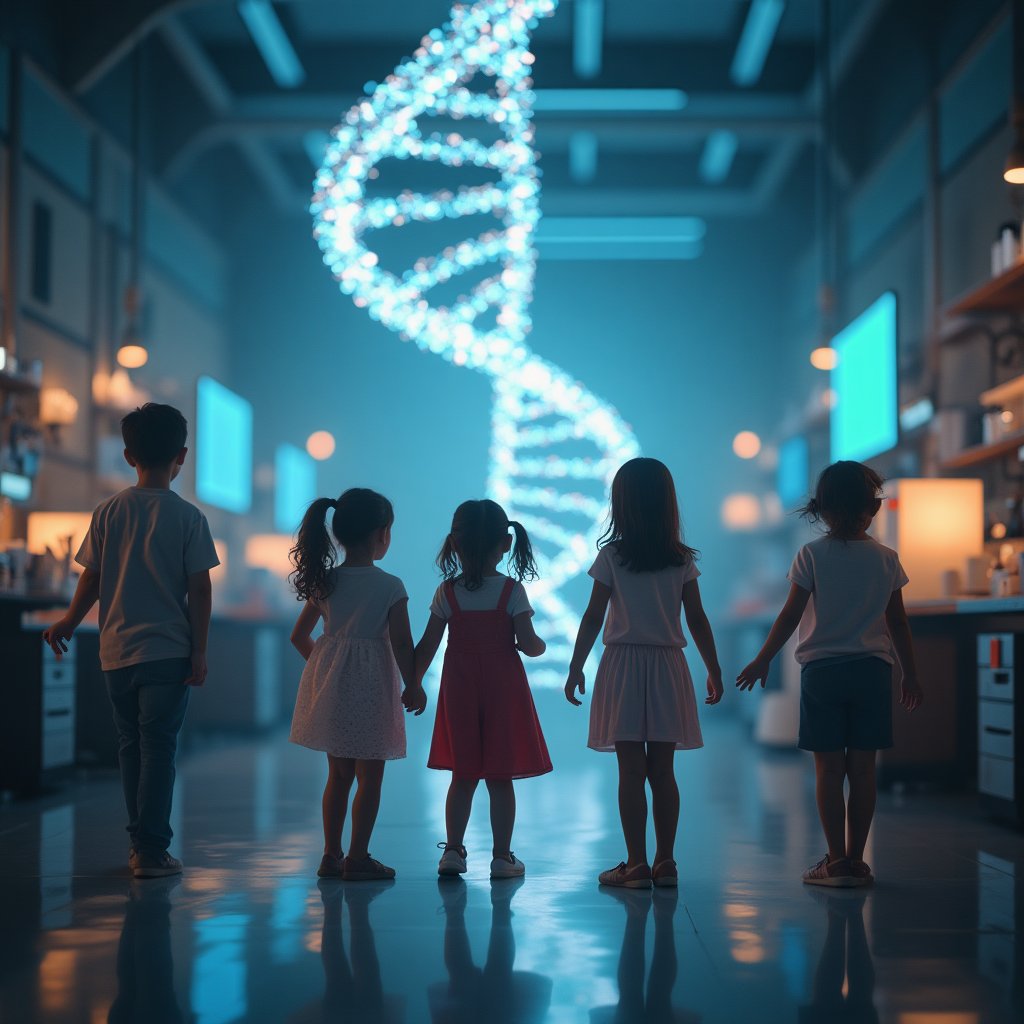
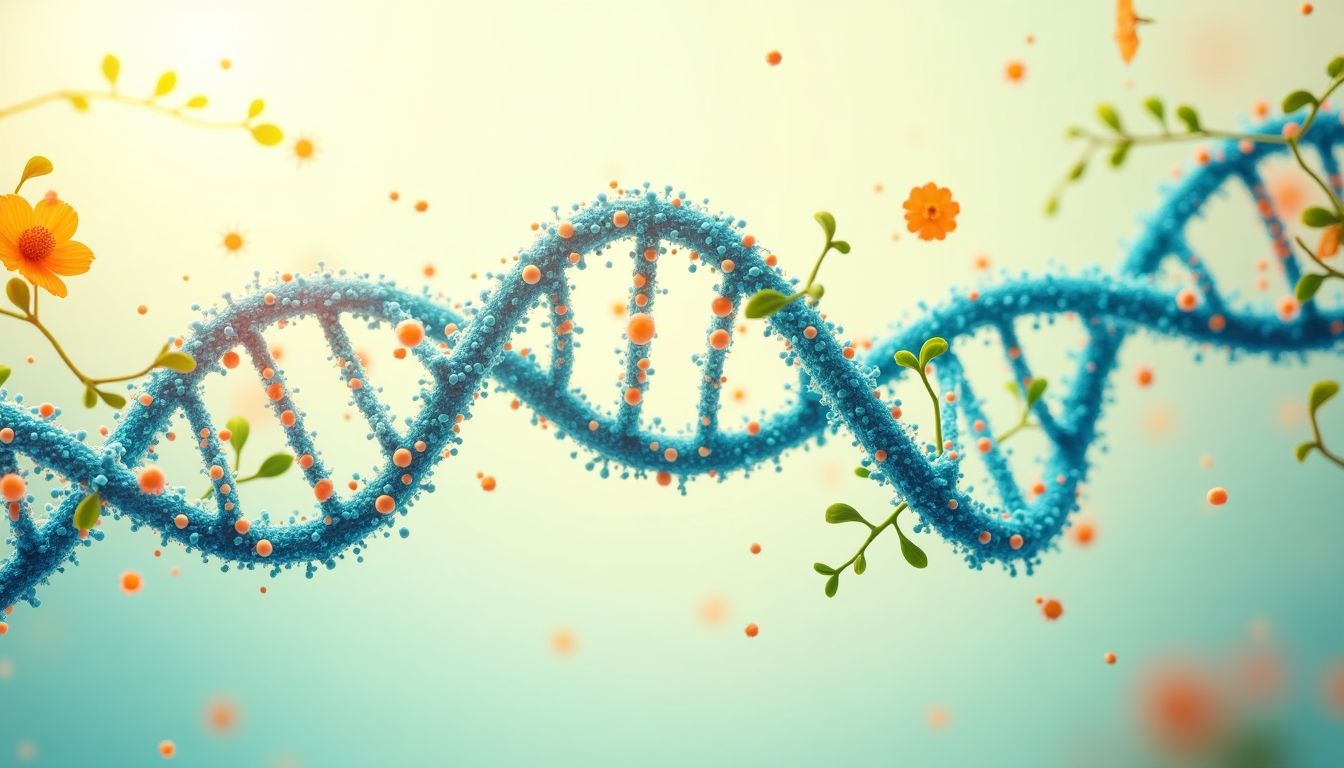
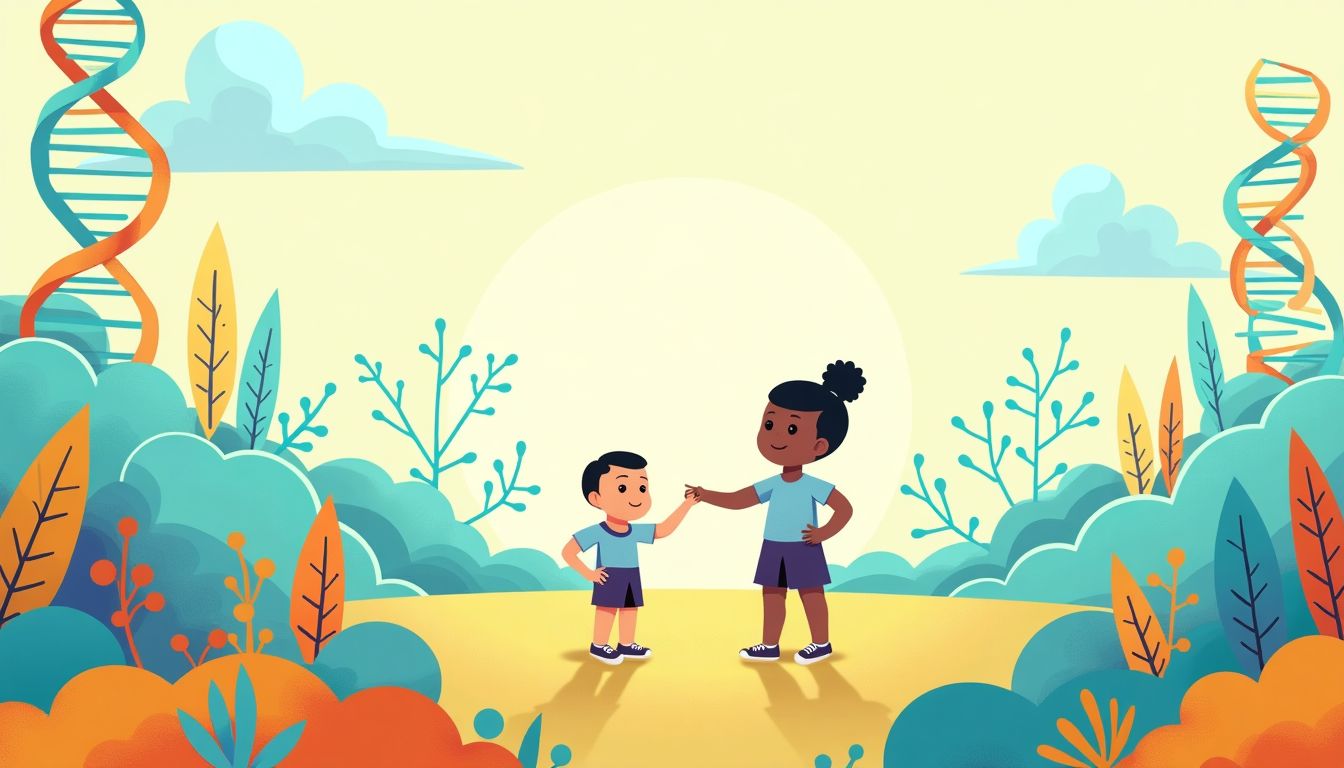
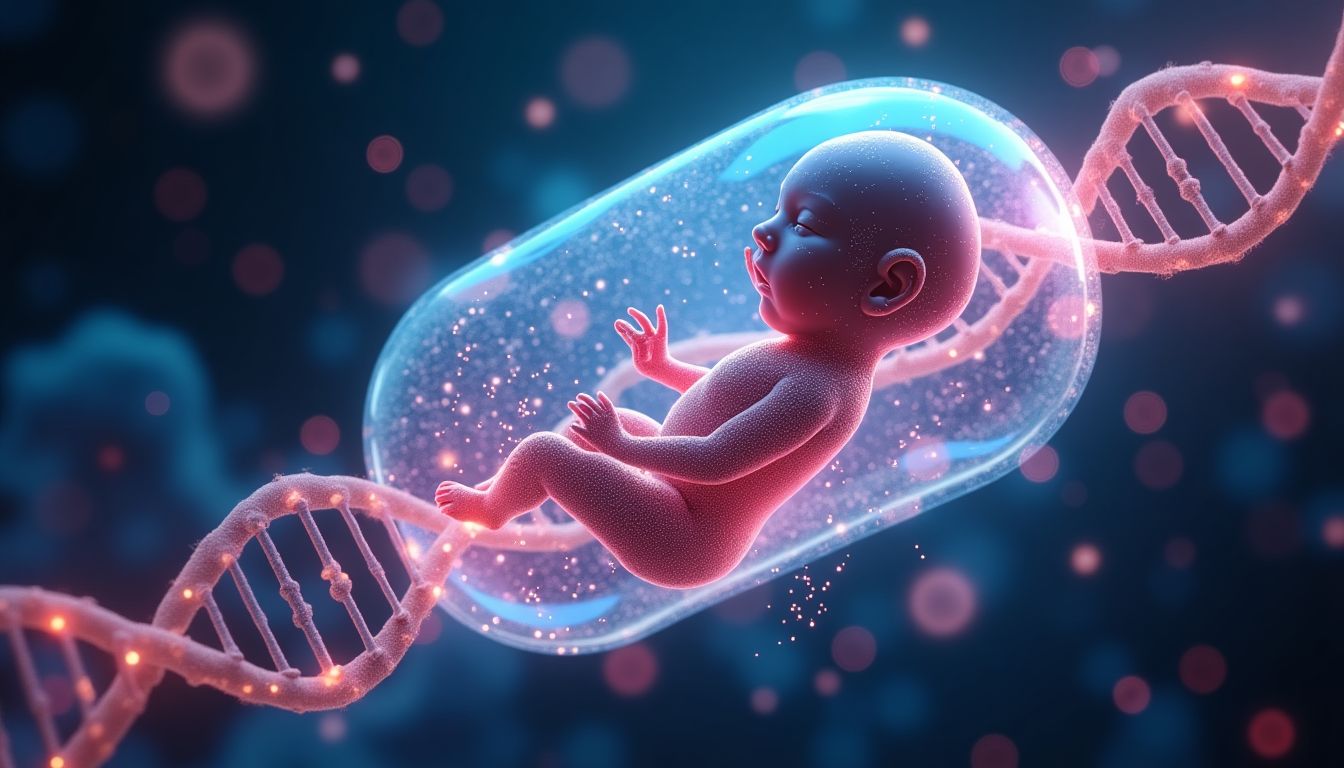
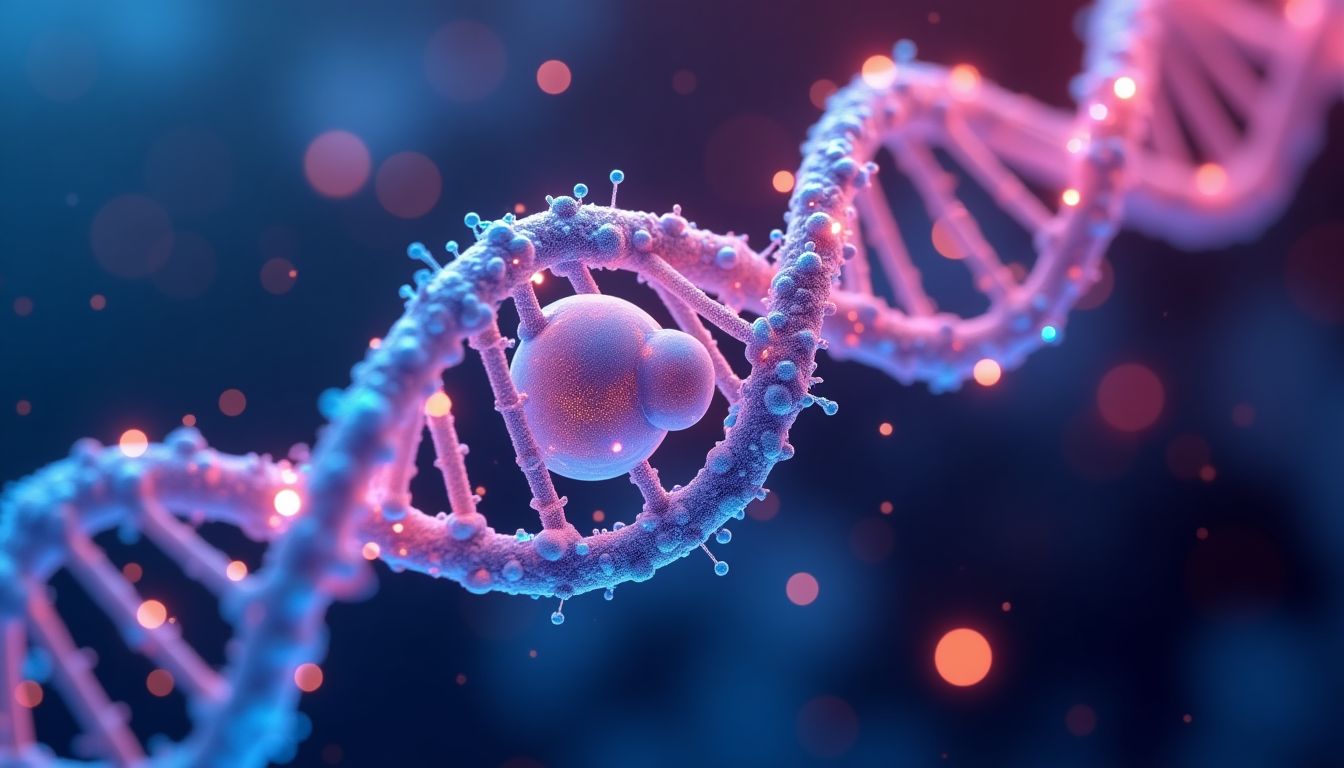
























1 comment